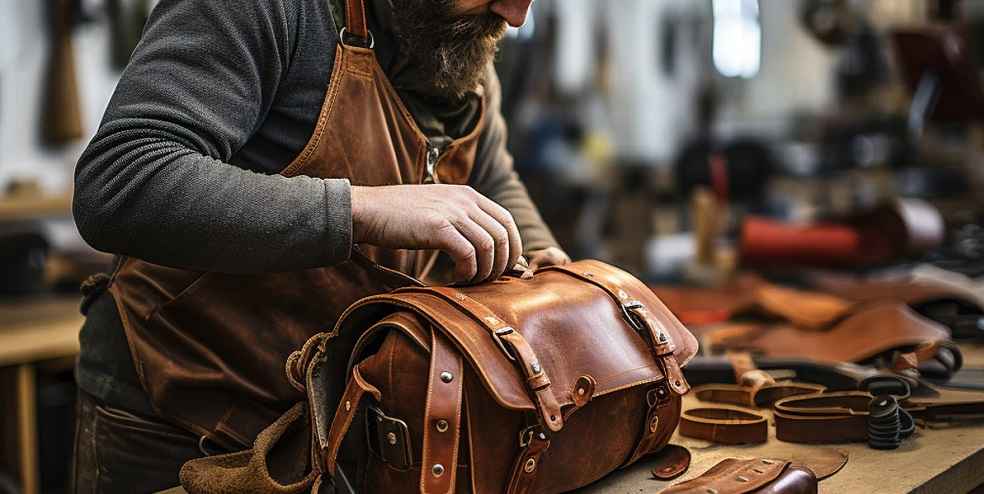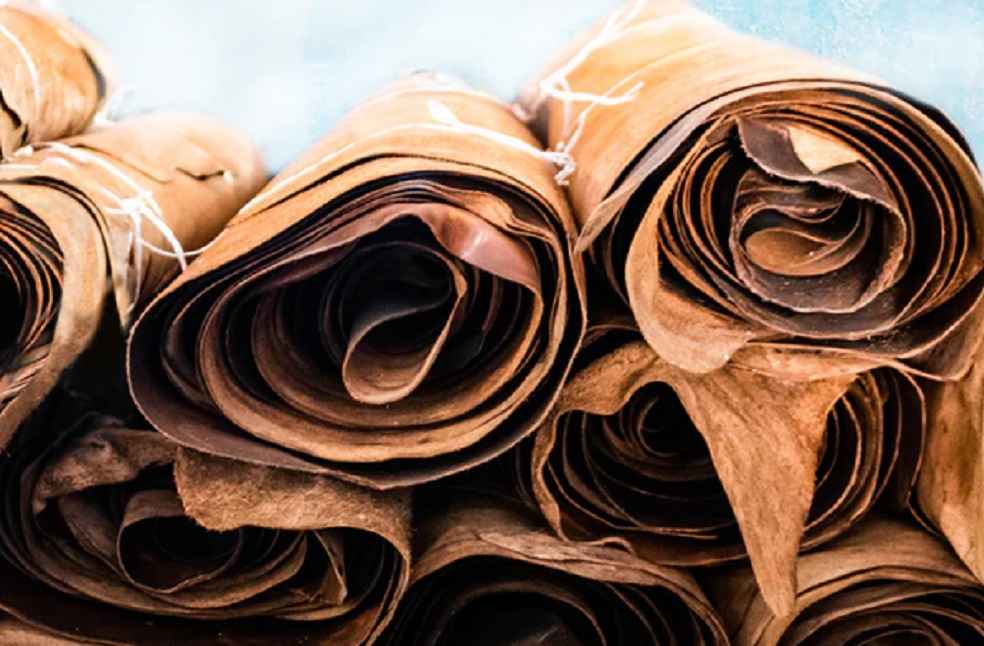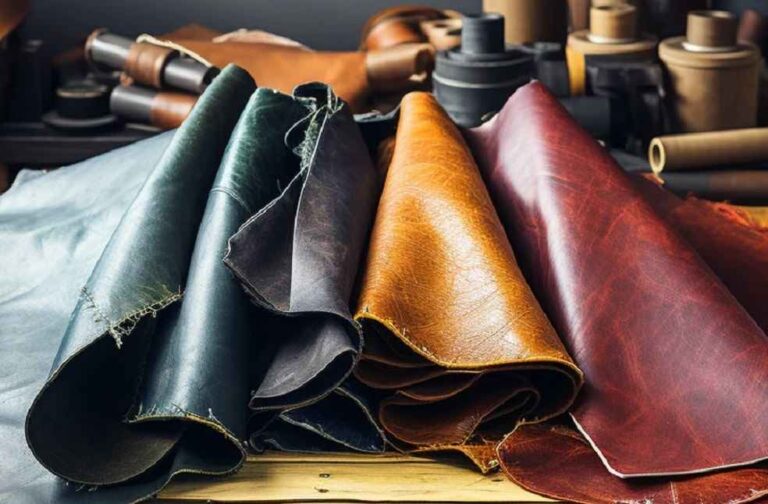A remarkable resurgence characterizes Bangladesh’s leather export sector, as evidenced by recent data from the Export Promotion Bureau (EPB). The nation secured $100.40 million from sales of semi-finished leather during July-March of the 2023-24 fiscal year, registering a 9.8 percent ascent over the corresponding period the previous year. This uptick in exports predominantly stems from increased Chinese demand for semi-finished leather, a strategic move to maintain competitive edge amidst US trade tensions.
Industry experts highlight China’s import strategy, involving the procurement of semi-finished leather from Bangladesh for further processing and manufacturing into finished goods in Vietnam and Cambodia. This method effectively navigates the higher tariffs imposed by the US on Chinese exports, offering a cost-efficient alternative for Chinese manufacturers. Diponkar Tripura, a leading entrepreneur in the Bangladesh leather industry, noted a significant rise in export orders from China, underscoring the unintended benefits accruing to Bangladeshi exporters due to global trade dynamics.

The ongoing trade dispute between the US and China, along with China’s rising production costs—primarily due to increased labor wages—positions Bangladesh as an ideal source for raw materials. Chinese entities not only use these imports for manufacturing goods aimed at the US market but also to satisfy the robust demand within China’s own borders, where the leather goods market was valued at $22 billion in 2022.
Despite the positive trajectory in exports, the Bangladesh leather industry faces hurdles, primarily due to the non-compliance of a vast majority of its 161 tanneries with global standards. This situation restricts market access to semi-finished leather sales, highlighting a significant opportunity loss for Bangladesh, which could otherwise amplify its revenue through the export of finished leather goods.

Advocates within the industry urge local processors to pursue certification from the Leather Working Group (LWG), underlining the potential for substantial revenue growth through exports. Currently, about 70 percent of the semi-finished leather produced in Bangladesh is exported, predominantly to China, buoyed by a 12 percent governmental cash incentive on export receipts. While beneficial, this model points to the latent potential for adding value within the sector.
With the global economy on an upward trajectory, the demand for luxury leather items is poised to expand, offering Bangladesh a prime opportunity to capitalize on. The Leather Goods and Footwear Manufacturers and Exporters Association of Bangladesh (LFMEAB) anticipates forthcoming growth in orders and an enhancement in pricing for Bangladeshi leather. Realizing this potential is contingent upon overcoming environmental compliance challenges and elevating the quality of finished leather products.
LATEST NEWS | Brazil, Bangladesh Eye Bold Trade Deal, Powering Up South-South Ties



